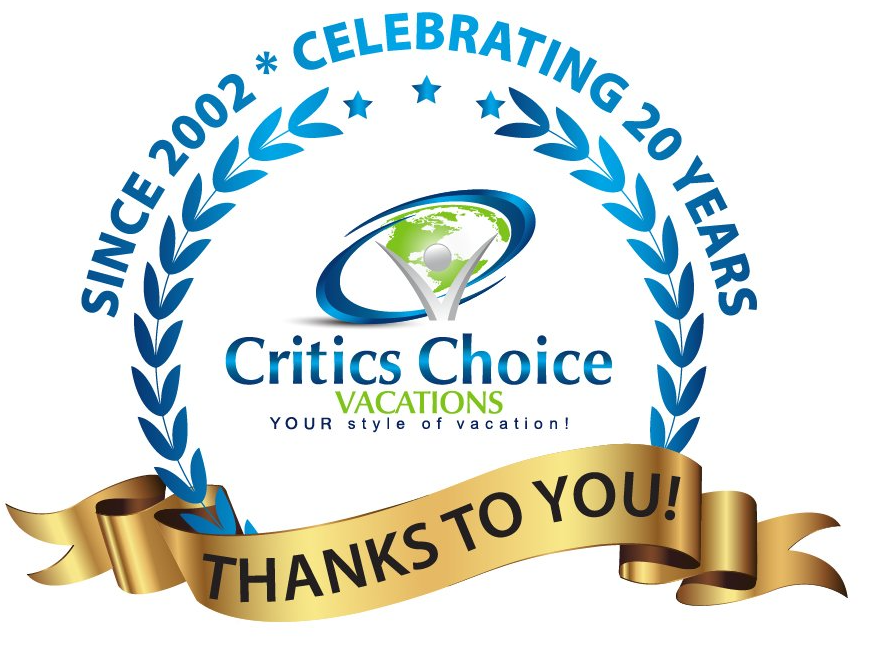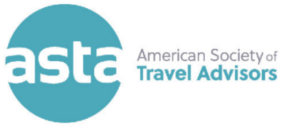Critics Choice Vacations
Tubingen, Germany
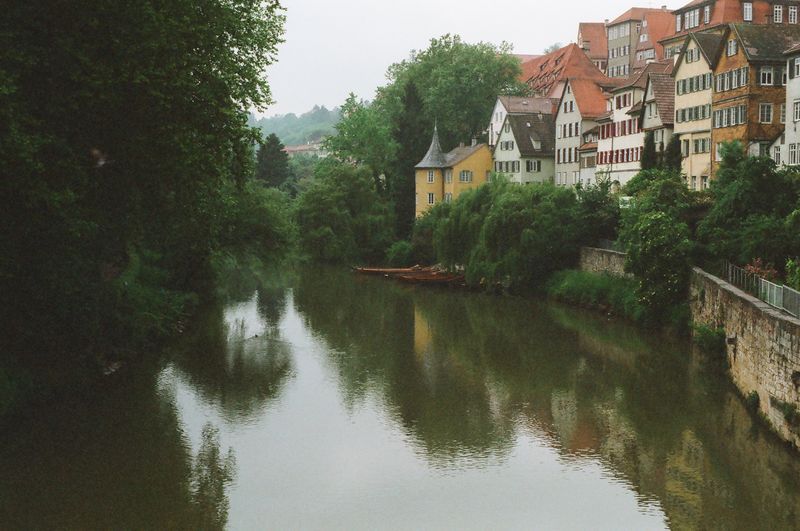
Tubingen, Germany
Tübingen, a traditional university town in Baden-Württemberg, Germany, is situated 30 km (19 miles) southwest of Stuttgart, on a ridge between the Neckar and Ammer rivers.
Tübingen itself dates from the 6th or 7th century, when the region was populated by the Alamanni. There are even some arguments that the Battle of Solicinium was fought at Spitzberg, a mountain in Tübingen, back in AD 367, though there is no evidence. The city officially first appears in records in 1191, and the local castle has records back to 1078. By 1231, the city was a civitas indicating recognition of civil liberties and a court system. Its name ends with the familiar suffix -ingen, indicating it was originally settled by the Alemanic tribes. In 1342 Tübingen was purchased by count Ulrich III and incorporated into the County of Württemberg.
Although it is largely impossible to notice such things today, as recently as the 1950s Tübingen was a very socio-economically divided city, with poor local farmers and tradesman living along the Stadtgraben (City Canal) and students and academics residing around the Alte Aula and the Burse, the old university buildings. There, hanging on the Cottahaus a sign advertises Goethe's stay of a few weeks while visiting his publisher. The German tendency to memorialize every minor presence of its historical greats (comparable to the statement "Washington slept here" in the United States) is parodied on the building next door. This simple building, once a dormitory, features a plain sign with the words "Hier kotzte Goethe" (lit.:"Goethe puked here").
In the second half of the 20th century, Tübingen's administrative area was extended beyond what is now called the "core town" to include several outlying small towns and villages. Most notable among these is Bebenhausen, a village clustered around a castle and Bebenhausen Abbey a Cistercian cloister about 2 miles (3 kilometers) north of Tübingen.
In 2002the city had 82,885 inhabitants, including approx. 22,000 students. Tübingen is best described as a mixture of old and distinguished academic flair (including liberal politics and German-style fraternities) with rural, agricultural and typical Swabian elements. The city is home to many picturesque buildings from previous centuries and lies on the river Neckar (which is in the photo above).
Main sights
In central Tübingen, the Neckar river divides briefly into two streams, forming the elongated 1500 meter-long Neckarinsel (Neckar Island), famous for its Platanenallee with high plane trees, some of which are more than 200 years old. Pedestrians can reach the island via stairs on the narrow ends leading down from two bridges spanning the Neckar. During the summer, the Neckarinsel is occasionally the venue for concerts, plays and literary readings. The row of historical houses across one side of the elongated Neckarinsel is called the Neckarfront and includes the house with adjoining tower where poet Friedrich Hölderlin stayed for the last 36 years of his life as he struggled with mental instability.
View from the Stiftskirche.
Tübingen town hall.
Neckar and Hölderlinturm.
Stiftskirche.Tübingen's Altstadt (old town) survived the Second World War due to the city's lack of heavy industry. The result is a growing domestic tourism business as visitors come to wander through one of the few completely intact historic Altstädte in Germany. The highlights of Tübingen include its crooked cobblestone lanes, narrow-stair alleyways picking their way through the hilly terrain, streets lined with canals and well-maintained traditional half-timbered houses.
Old town landmarks include the Rathaus (City Hall) on Marktplatz (Market Square) and the castle, Schloß Hohentübingen, now part of the University of Tübingen. The central landmark is the Stiftskirche (Collegiate Church). Along with the rest of the city, the Stiftskirche was one of the first to convert to Martin Luther's protestant church. As such, it maintains (and carefully defends) several "Roman Catholic" features, such as patron saints. Below the Rathaus is a quiet, residential street called the Judengasse, the former Jewish neighborhood of Tübingen until the town's Jews were expelled 1477. On the street corner is a plaque commemorating the fate of Tübingen's Jews.
The centre of Tübingen is the site of weekly and seasonal events, including regular market days on the Holzmarkt by the Stiftskirche and the Marktplatz by the Rathaus, an outdoor cinema in winter and summer, festive autumn and Christmas markets and Europe's largest Afro-Brazilian festival.
Students and tourists also come to the Neckar river in the summer to visit beer gardens or go boating in Stocherkähne, the Tübingen equivalent to Oxford and Cambridge punts, only slimmer. A Stocherkahn carries up to 20 people. On the second Thursday of June all Stocherkahn punts take part in a major race, the Stocherkahnrennen.
To learn more about this fantastic city please visit: http://en.wikipedia.org/wiki/T%C3%BCbingen.
This shot of the Neckar River was taken in 1999 during a great summer vacation in Germany!
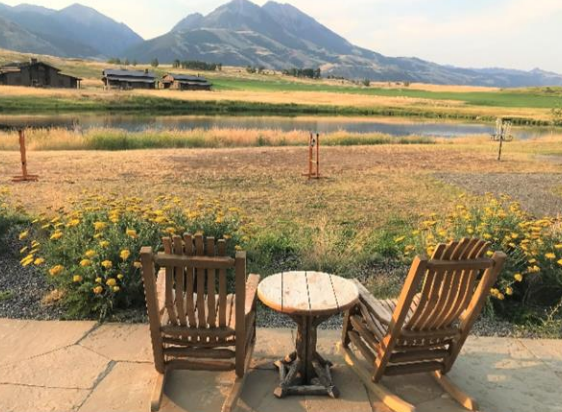
Like so many other parents this Fall, my husband and I became “Empty Nesters”. Our baby girl, and youngest of three was heading off to college and we were faced with the reality of being alone for the first time in 26 years. We decided that this was a life milestone that we should observe, rather than dread. We had spent years devoting endless time and energy to our children and now they were all out in the world as healthy, happy, productive members of society. We had much to celebrate. So, after dropping our daughter off at college we traveled to Montana’s Paradise Valley and spent a few days at Sage Lodge to mark this special occasion. Montana’s Paradise Valley starts near Livingston, which sits on I-90, and stretches south along highway 89 towards Yellowstone National Park. It is the major river valley of the Yellowstone River and is flanked by the Gallatin and Absaroka Ranges. Highway 89 was the original entrance into Yellowstone National Park, although there are now two additional entrances, one each in Montana and Wyoming. Along with its unmatched beauty and world-class fly fishing on the river, the valley also offers other natural wonders such as several natural hot springs.

Ernest Hemingway once described Switzerland as “a small, steep country, much more up and down than sideways, and stuck all over with large brown hotels built on the cuckoo clock style of architecture.” Susan’s recent travels between Geneva and Zurich proves that a lot has changed in the Swiss hotel scene since Hemingway’s observation. While she has lots of experience setting up pre- and post-river cruise activities and private trips in the area, this “self-imposed” familiarization was to acquaint herself with Virtuoso’s Swiss properties. Susan’s excited to share her thoughts on this diverse list of hotels, as well as the historic cities they call home.
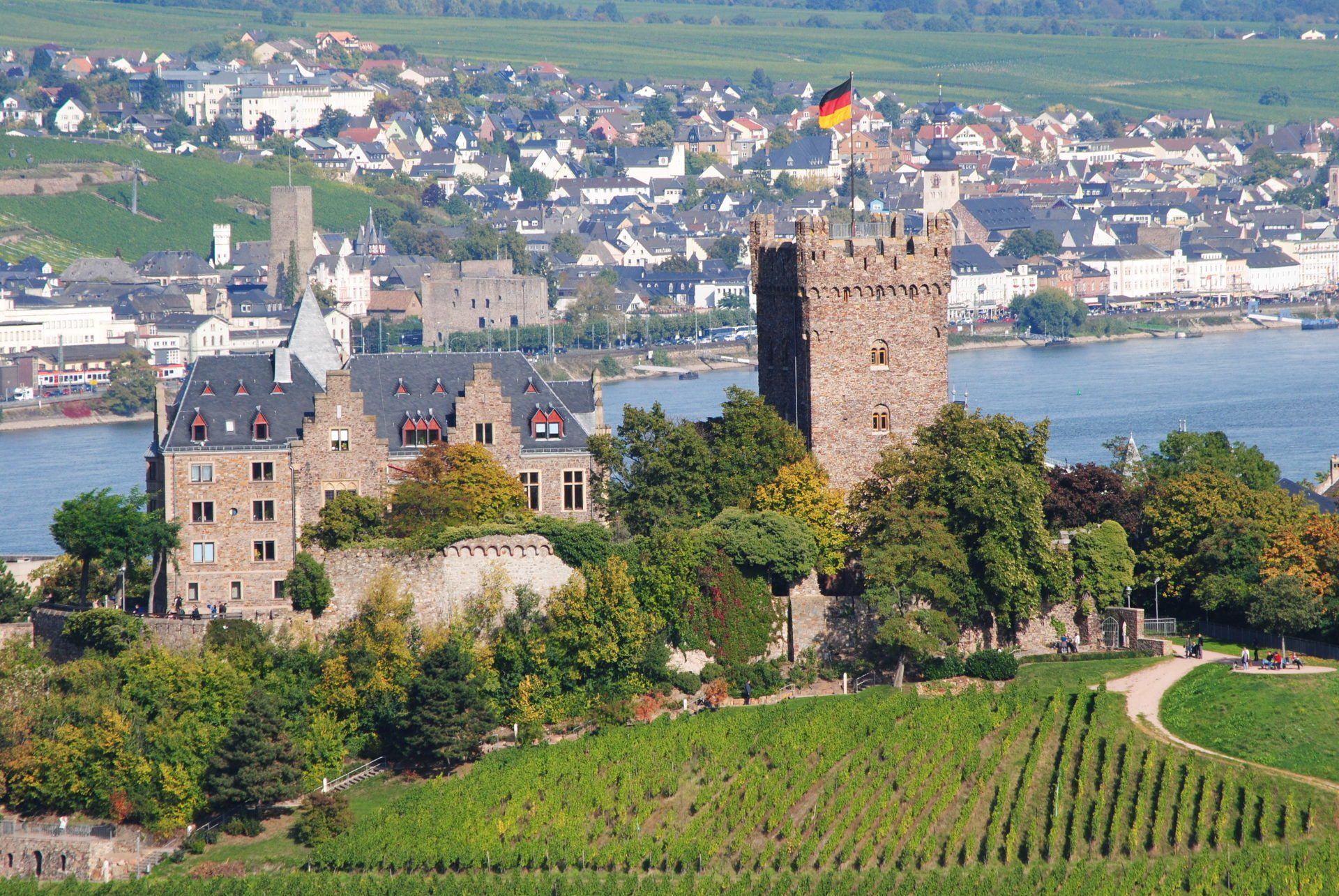
This past fall, Susan was invited to sit on the Advisory Board for the German National Tourism Offices out of New York City. In partnership to boost tourism to Germany, she toured two of the country’s most iconic cities. From the eclectic coffee and artistic scenes of Hamburg, to an exploration of the tumultuous history of Berlin, there was a lot to take in. Susan hopes her journey will shed light on why Germany should be the destination of your next European vacation. Below you’ll find some incredible places to stay, cuisine to sample, and experiences that will put the discovery of German culture at the forefront of your travels.
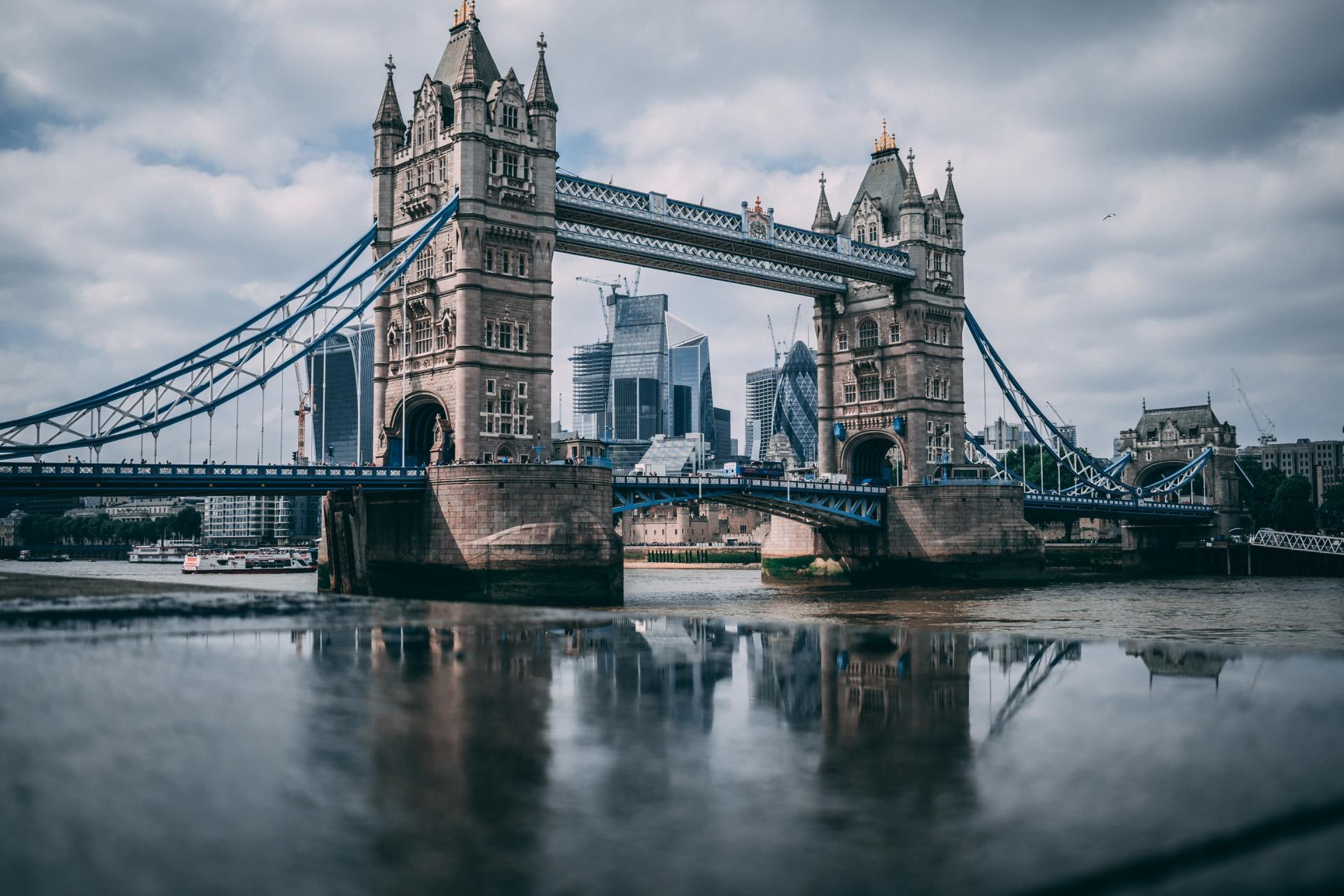
With Paris and Rome, London forms the trifecta of must-visit cities for those first taking the dive into European culture. A hub of history, politics, architecture (both very old and very new), and the arts, London has a little bit to offer everyone. This November, Susan had the opportunity to tour over a dozen of the city’s best boutique hotels so you know where to stay during your visit. In addition, Susan also toured some of the charming villages that surround London that are perfect for a day trip, or quick weekend, to escape the hustle and bustle of the city. She hopes her exploration of this British metropolis will help you know where to start when planning your first (or next) European getaway.
